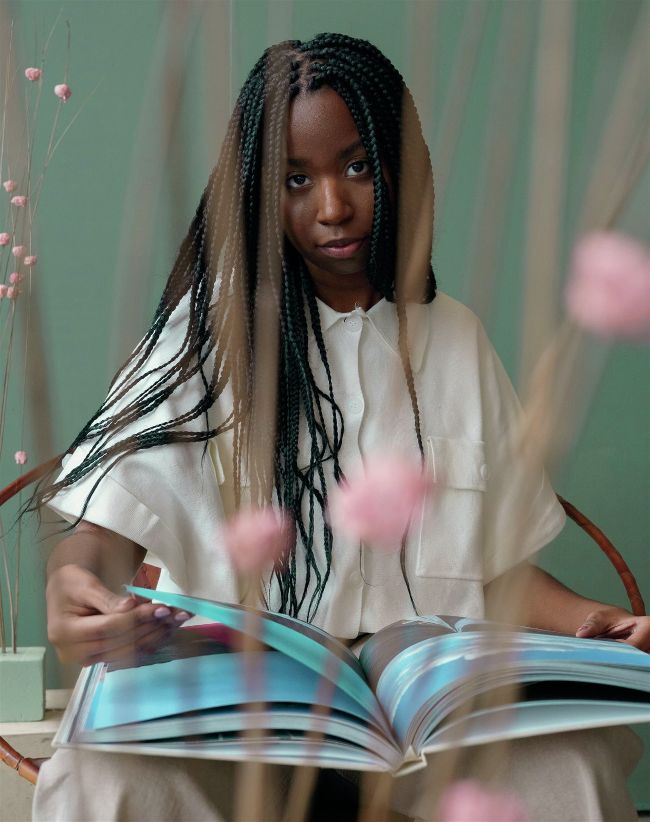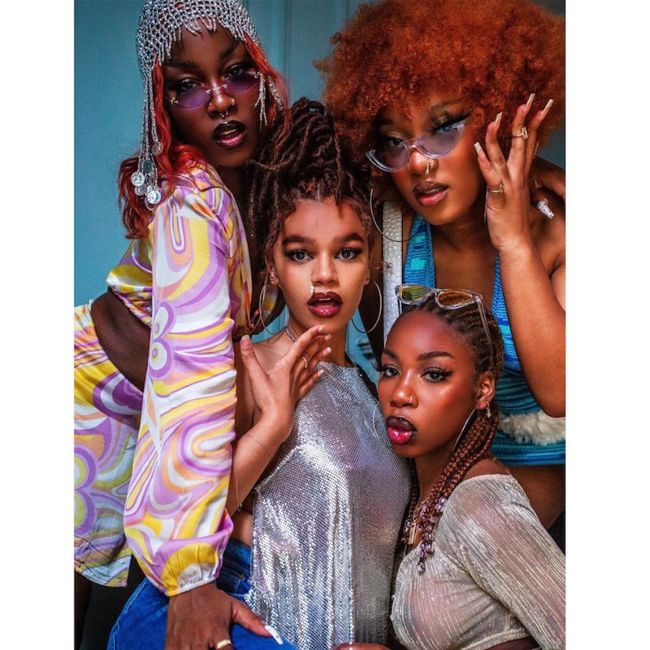THE BLACK HAIR INDUSTRY IN 2023
We spoke to Black stylists and entrepreneurs from the hair industry to discuss whether hairdressing is changing for the better and the work that still needs to be done

THE TEXTURE GAP REPORT 2023
According to software and digital service directory Gitnux, the Global Black Hair Care Market is currently worth $1.6 billion and is expected to continue to keep growing. However, McKinsey & Company recently reported that 47% of Black beauty consumers surveyed typically buy beauty products at mass-market retailers or grocery stores, and only 13% said it’s easy to find products that meet their needs there. Considering this, HJ spoke to industry pioneers and experts to find out how they view the Black hair industry in 2023 and what the professional hair sector can do to step up.
THE EXPERTS
Do you think the Black hair industry has changed for the better?
Errol: I think people are still scared of the Black hair industry, and businesses feel percentage-wise there’s not enough clients to buy into it. We see a lack of understanding when it comes to professional products and clients not understanding the crossover between consumer and professional products. Lack of representation from chemists to manufacturers has an impact because they don’t understand how consumers use the product, even down to how much product is in the bottles.
WE SEE A LACK OF UNDERSTANDING WHEN IT COMES TO PROFESSIONAL PRODUCTS AND CLIENTS NOT UNDERSTANDING THE CROSSOVER BETWEEN CONSUMER AND PROFESSIONAL PRODUCTS
Winnie: There is greater awareness of textured hair in general, however, despite the impact of the natural hair movement (which drove much of this momentum in the early 2000s) consumers with the tightest texture i.e. Type 4 hair, continue to be under-served. Inclusivity should be bedded into the product development process, from the supply chain to when the products hit
the shelf. I’d love to see new product development teams considering this texture right at the beginning of their conceptualisation phase as opposed to what can sometimes appear like a token consideration. I want to see R&D teams prioritising testing on this texture to ensure efficacy. The consumer has long been vocal and now is the time to start listening.
Antoinette: The Black hair industry is entering a transformative phase. Brands are increasingly focused on inclusive products. However, despite progress, there is still a lack of representation with only 1% of the 35,000 UK salons catering to Afro and curly hair*. This has caused an increase in the number of freelance Afro hair stylists operating independently in the UK.
Jacqui: I think ultimately, the younger generation are not prepared to be marginalised and are demanding to be seen and respected as consumers.
Do you think the Black hair industry is still under-represented in the professional space with regards to stylists, brands and products?

Texture Gap Report 2023
Jacqui: Representation of Black stylists, brands, and products in the professional space is still not on par with the overall diversity of the industry. If you compare the professional representation in the late seventies and eighties when we had an array of companies from Representation of Black stylists, brands, and products in the professional space is still not on par with the overall diversity of the industry. If you compare the professional representation in the late seventies and eighties when we had an array of companies from the USA supporting our sector along with UK companies such as Dye and Dryden representing the business of Black hairdressing and beauty even in those much more difficult times, we are nowhere near to where we should be. Avlon Industries to date is one of the only remaining companies that holds a full professional haircare portfolio in Europe. As a company they have continued to invest and support the professional Black hair industry with award winning products, research and educational support.
Winnie: The fact that only about 305 out of 35,000 salons in the UK cater to Black hair underscores this point*. Afro hair has only recently been added to the hairdressing curriculum. Its belated, but a start, nonetheless. More training, more knowledge and more expertise is certainly needed.
Errol: Even when it comes to defining Black hair, the industry is under-represented. You need to be careful because people don’t really understand the different hair types and that there are so many different textures. The only texture people really concentrate on is 3C so when, for example, they come to style a model with a different texture they completely panic.
What changes would you still like to see?
Jacqui: I would like to see us really embrace the true essence of Inclusivity and Diversity by increasing representation and opportunities for stylists of all backgrounds, including better representation of Black, indigenous, and people of colour (BIPOC) professionals. Challenging and breaking down stereotypes related to hair types, styles, and beauty standards. These changes, if implemented thoughtfully, would help create a more inclusive, innovative, and sustainable hairdressing industry that serves the needs of a diverse clientele and supports the professional growth of stylists.
Errol: Hairdressers have to offer an inclusive service. All hairdressers should have their staff fully trained. In my opinion, there’s not enough hairdressers genuinely doing Afro hair images with a column of Afro clients. At the same time education for children is even worse; they don’t know how to handle their hair so I would like to see an emphasis put on education from a young age.
Antoinette: I would like to see more support for freelance hair stylists through technology, education, and co-working salon spaces. My goal over the next few years is to provide this vital support, through my Tressly platform, to help transform the industry.
Winnie: I hope the Texture Gap Report shines a big torchlight on the oft-forgotten Type 4 consumer, helping drive better understanding of their beautifully diverse texture, their behaviours and most importantly their deepest pain points. I really hope it whips up an innovation frenzy which leads to better, culturally relevant solutions that are not only deserved but expected.
* According to an independent study by habia